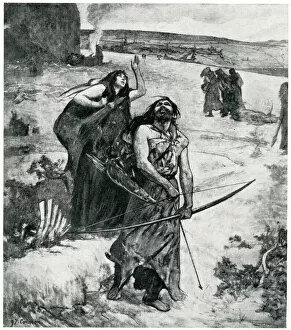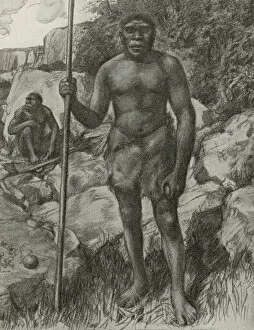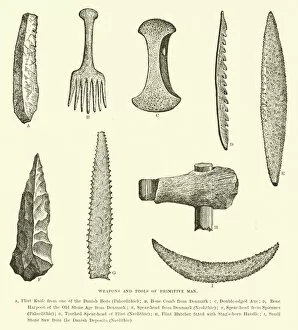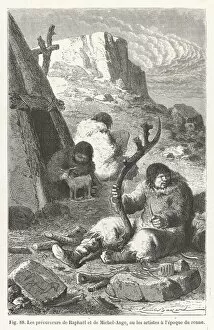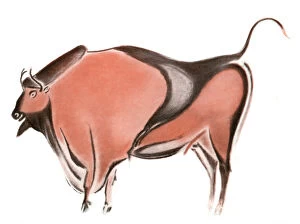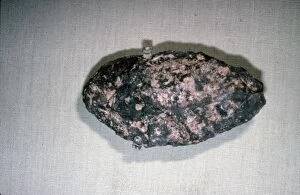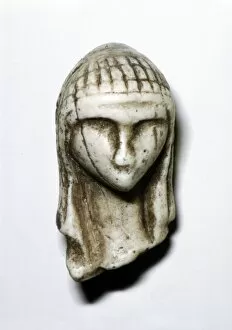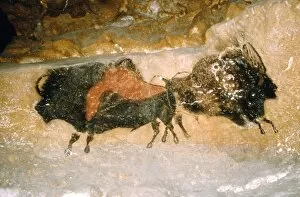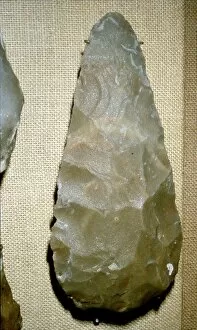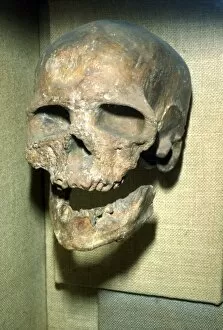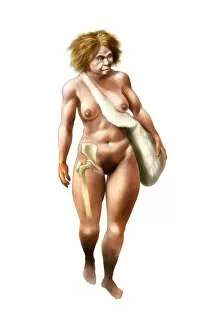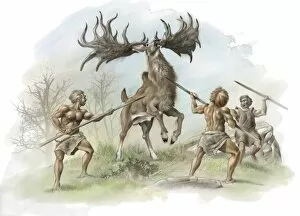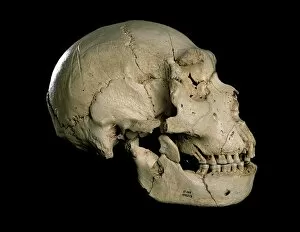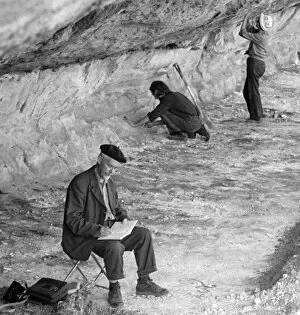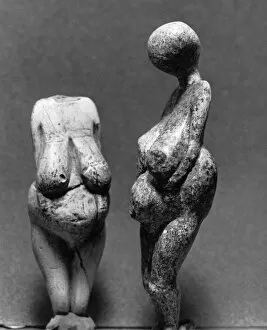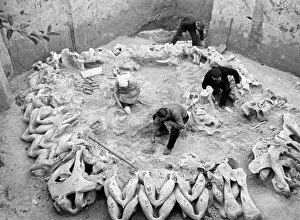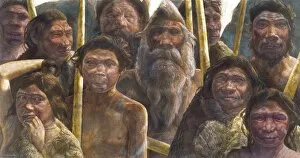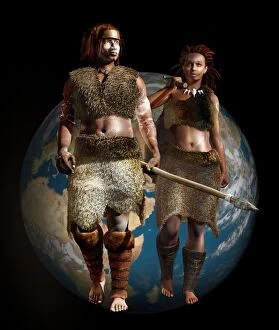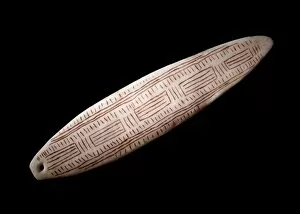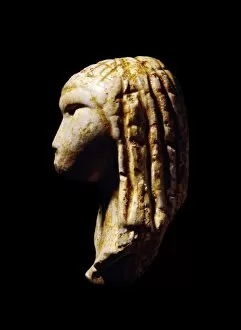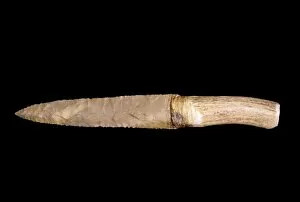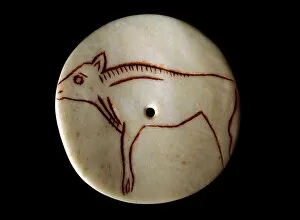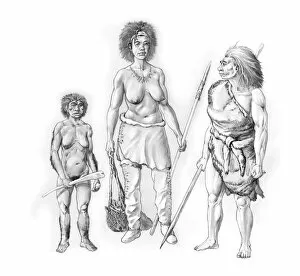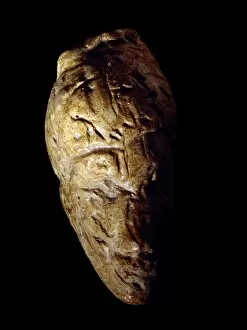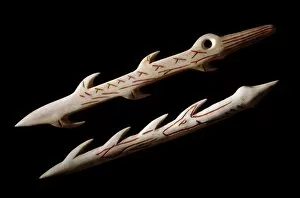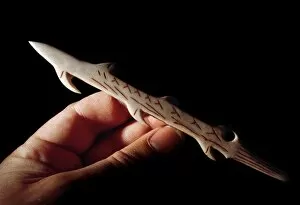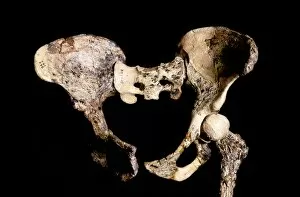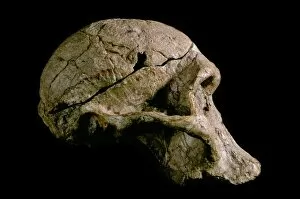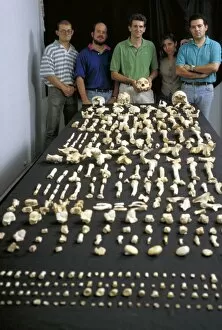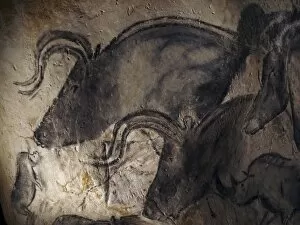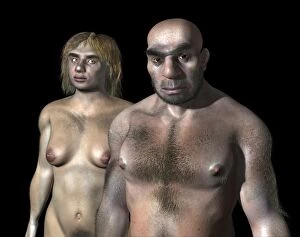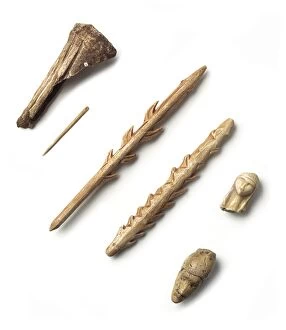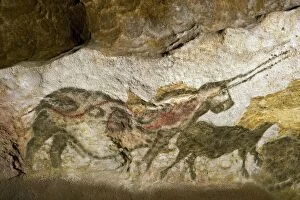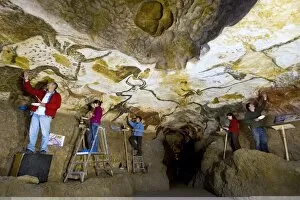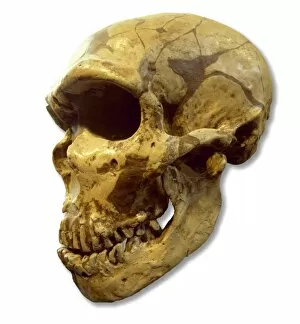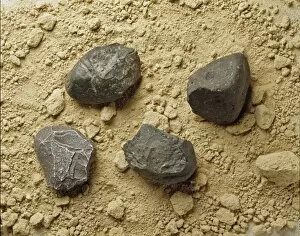Palaeolithic Collection (#6)
"Unveiling the Mysteries of Palaeolithic: Journey into the Ancient World" Step back in time and explore the captivating world of Palaeolithic
For sale as Licensed Images
Choose your image, Select your licence and Download the media
"Unveiling the Mysteries of Palaeolithic: Journey into the Ancient World" Step back in time and explore the captivating world of Palaeolithic, a period that dates back thousands of years. From intricate cave paintings to enigmatic figurines, this era has left behind an extraordinary legacy for us to unravel. One remarkable site is Lascaux II, where a replica of its famous cave painting transports us to a time when early humans expressed their creativity on stone walls. These Stone-Age cave paintings found in Chauvet, France offer glimpses into their daily lives and spiritual beliefs. Speaking of Chauvet, it seems this region was truly an artistic hub during the Stone Age. The abundance and diversity of these ancient artworks continue to astound researchers today. Each stroke tells a story - stories that have survived centuries. But Palaeolithic isn't just about art; it's also about fascinating creatures that once roamed our planet. Take the Siberian unicorn or Elasmotherium sibiricum as an example – an awe-inspiring creature captured in illustrations from 1908. Such discoveries remind us how diverse life on Earth used to be. The Venus figurines are another intriguing aspect of this era. Whether it's the Venus of Brassempouy or the iconic Venus of Willendorf, these Stone Age masterpieces provide insights into human perceptions of beauty and fertility at that time. And let's not forget our ancestors. Homo rudolfensis (KNM-ER 1470) and Homo habilis (KNM-ER 1813) represent important milestones in human evolution during Palaeolithic times. Their remains shed light on our own origins and how we became who we are today. Lastly, there are carvings like those from Magdalenian culture – intricate works etched onto stone surfaces with precision and skill. These carvings serve as evidence for sophisticated craftsmanship and the cultural significance of art in Palaeolithic societies.

